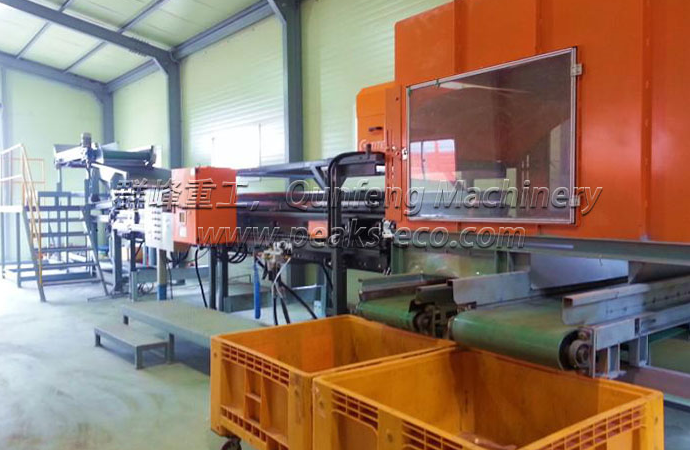Waste recycling is a broad field. Over time, we have been continuously researching and developing waste management. Improving the methods of collecting, distributing and disposing of the waste is always an important task to help protect environmental interests and maintain our growing population.
Reuse can reduce the consumption of crude oil raw materials and restore the extra vitality that manufacturers will use when preparing new products. Reuse can also reduce the number of materials that enter the landfill, which is a major bonus because many countries are rapidly reducing wasted space. Fortunately, reuse is easy and will soon become part of your typical plan.
Let it decay
You may be surprised here because simply letting the garbage rot over time produces energy that we can use. Even in the composting process, this organic waste is essentially allowed to produce methane when it decomposes. Similarly, a large amount of waste material produces methane gas, which can be stored and converted into fuel. In other words, there are more effective and faster ways to convert waste into energy, especially large-scale waste.
Burn it
Almost anything can be burned to produce a kind of energy, as is a waste. The incineration of solid waste produces heat energy, which we can then use to turn turbines and generate electricity.
Although relatively efficient, this process generates many pollutants and omissions that may harm the environment. Therefore, although there are many different incineration plants across Australia, they are strictly regulated in Australia and strict rules must be followed to ensure safe operation.
Co-fire
There is no doubt that you have heard of the potentially harmful effects of burning coal. Co-firing involves burning coal and biomass (or waste) together to produce energy. This approach is more environmentally friendly than just burning coal, and more effective and more effective than incineration of garbage. This approach has been adopted in many countries around the world.
Gasification
Gasification is a more effective method of converting waste into energy because it does not require combustion and therefore is a cleaner process. Heat the waste with a certain amount of oxygen and steam in a controlled environment. The chemical reaction that takes place produces a gas, which is essentially a fuel in itself but can also be converted into a liquid.
The power generated by gasification is renewable energy, which has many advantages compared with incineration. On the one hand, the incineration of waste produces energy by using a steam cycle. However, the gas turbine used in the gasification process is more efficient. In fact, the efficiency of the gasification process is about twice that of incineration, and it is more environmentally friendly.
Worm farming
Through worm breeding, the amount of natural waste sent to landfills can be reduced. Worms provide us with great management by transforming additional sustenance into nutrient-rich castings. These castings can be used for top dressing around plants, nourishing indoor plants, and adding to the soil. The liquid "tea" provided by the worm can be used as compost, or it can be weakened and added to potted plants or used in your garden.
Compost
The composting project can convert natural waste including vegetable fragments and garden waste into high-quality manure, which can be used as a unique compost for composting, thereby enhancing the garden. Natural materials are confined in the stool container, where conditions can be controlled to speed up and optimize failures. The micro-living creatures in the soil, nightcrawlers, and creepy crawlers help separate the natural waste in the fertilizer tank.
Recycling e-waste
The amount of e-waste delivered is three times that of a typical household unit’s waste. It may contain harmful substances such as lead, mercury, cadmium, hexavalent chromium, and brominated flame retardants, which are dangerous, difficult to discard, and may harm the earth.
Although a large amount of e-waste is transported to landfills, more garbage is retained in organizers, carports, storage rooms, and retirees across Australia – this means we need to continue to mine the soil instead of repeating it on the ground Use all valuable materials in old innovations. Following these lines of thinking, for every new innovation you invite you into your home, you should focus on reusing the two bad parts. We call it "1-2 steps" or "one in and two out".
As you can see, there are many ways to use waste and obtain energy from it, rather than simply processing it.

没有评论:
发表评论